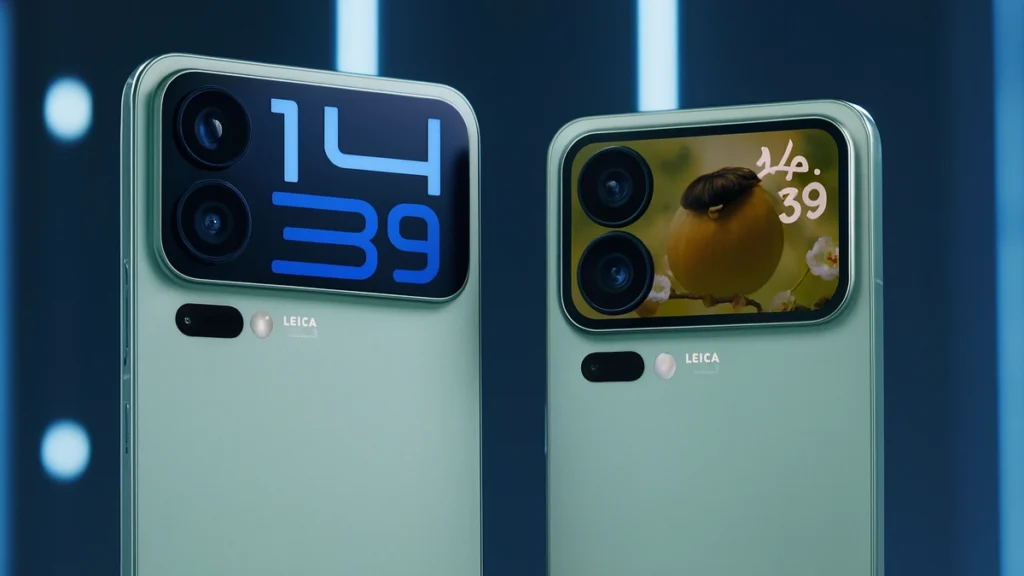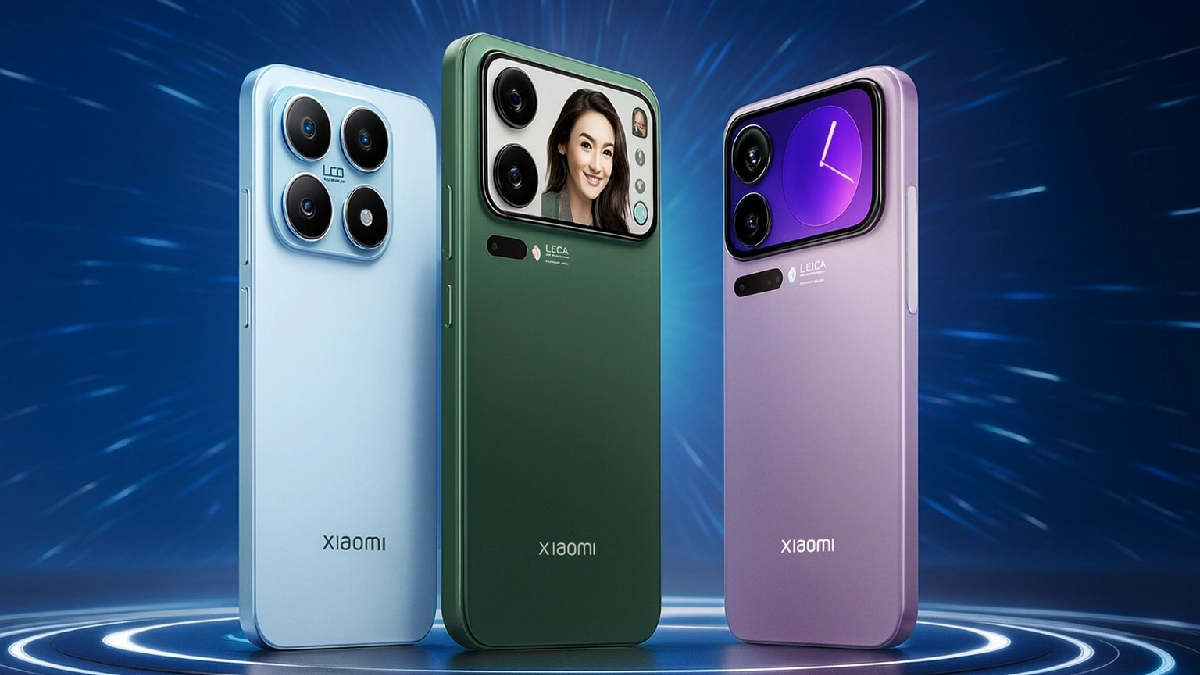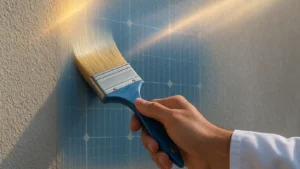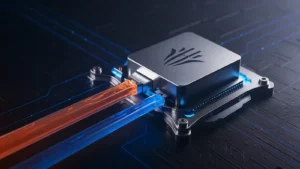| Quick summary |
# iPhone-like design, but with a useful rear “Magic Back Screen.” |
At first glance, Xiaomi 17 Pro Max wears the same premium uniform: flat sides, straighter screen, minimal camera plateau, and sober finishes that echo this year’s iPhone design language. Look closer and the resemblance serves as misdirection. The standout is a full-width “Magic Back Screen” inside the camera island that works as a live viewfinder, a widget layer, and a quick action surface. In a year of look‑alike slabs, the better question isn’t “who copied,” but “who shipped the next interaction surface.”

What mirrors iPhone—and why
Consumers mapped “Pro” and “Pro Max” to top-tier hardware years ago, and the industrial ideal has converged on clean, flat geometry with ultra-thin bezels. Xiaomi leans into that expectation, then spends its differentiation budget elsewhere. The rectangular plateau replaces Xiaomi’s older circular modules, aligning the silhouette with a familiar premium aesthetic while repurposing that surface for function, not just optics.
This is not mimicry so much as opportunistic design: adopt the beloved chassis cues, then slip in capabilities that change everyday flow—especially the second screen for glanceable actions, and a battery strategy tuned for heavy days.
The rear display is not a gimmick
The rear OLED spans roughly 2.8–2.9 inches and lives within the camera island. It’s big enough to be useful, small enough to stay efficient. It runs curated widgets instead of a chaotic second homescreen: main‑camera selfies with framing, media controls, pinned QR codes and passes, timers, to‑do stickies, and quick notification triage without waking the main panel. An official retro handheld case turns the setup into a tiny console for short-session gaming, proof this is a planned surface, not a spec stunt.
Practical wins add up fast: better portraits and vlogging with the best optics and a subject-facing preview, boarding passes pinned on the back, and one-tap glances that shave friction. Foldables showed how secondary displays can reshape behavior; Xiaomi brings that idea to a standard slab with minimal bulk cost.
Battery and charging: the quiet flex
The Pro Max packs a very large cell, and the Pro isn’t far behind, achieved with high-silicon, L-shaped packaging and backed by fast charging that treats the phone like a portable power hub. The combination of huge capacity, high-speed top-ups, and reverse power reframes creator and travel workflows where minutes matter. Crucially, the rear screen encourages micro-interactions that sip fewer watts than waking the main display; paired with big batteries, real-world uptime often exceeds what raw mAh suggests.
Cameras: a plateau with purpose
The island remains a serious camera deck: triple 50MP array with a 5x periscope, upgraded main sensor, and thoughtful Leica tuning. The back screen collapses the front/back divide—framing, group shots, and solo filming become simpler when the best camera and a subject-facing preview coexist. On the Pro Max, telephoto hardware grows up with a larger sensor and brighter aperture, signaling that the plateau is now both an optic and compute surface.
Display efficiency improvements on the main panel further subsidize the rear screen, pointing to system-level thinking: panel science, battery chemistry, thermal design, and UI are co-optimized to make two displays feel natural, not indulgent.
The copycat narrative misses the point
Yes, the silhouette nods to Apple because that silhouette instantly signals premium. The divergence happens in the hand: two screens, bigger tanks, faster pipes, reverse power, and a glance-first workflow. Apple’s thesis is elegant restraint—one perfect surface, minimal seams. Xiaomi’s counter-thesis is controlled abundance—two purposeful surfaces, monster endurance, and rapid recovery—so tasks take the shortest path to done.
If premium slabs risked becoming indistinguishable, this is a fork in the road. Expect more programmable plateaus, case ecosystems, and UI patterns that treat the back as a first-class surface—not just a billboard for lenses.
Buying calculus: who benefits
- Power users and creators: main-camera selfies, stable framing, and quick content capture without flipping to a front camera.
- Travelers and gig workers: pinned QR codes, passes, and delivery updates on the back, plus rapid 100W top-ups and reverse charging for accessories.
- Minimalists: a single-screen, lighter, simpler philosophy still points to iPhone; those who prefer the fewest surfaces may not want the back display at all.
Bottom line
Xiaomi 17 Pro Max borrows the wardrobe but doesn’t stop there. The second screen, battery architecture, and UI choices deliver a different, more utilitarian device for modern, high-friction days. Same suit, new pocket—one that finally earns the camera plateau’s real estate.
Last Updated on October 18, 2025 by Lucy



